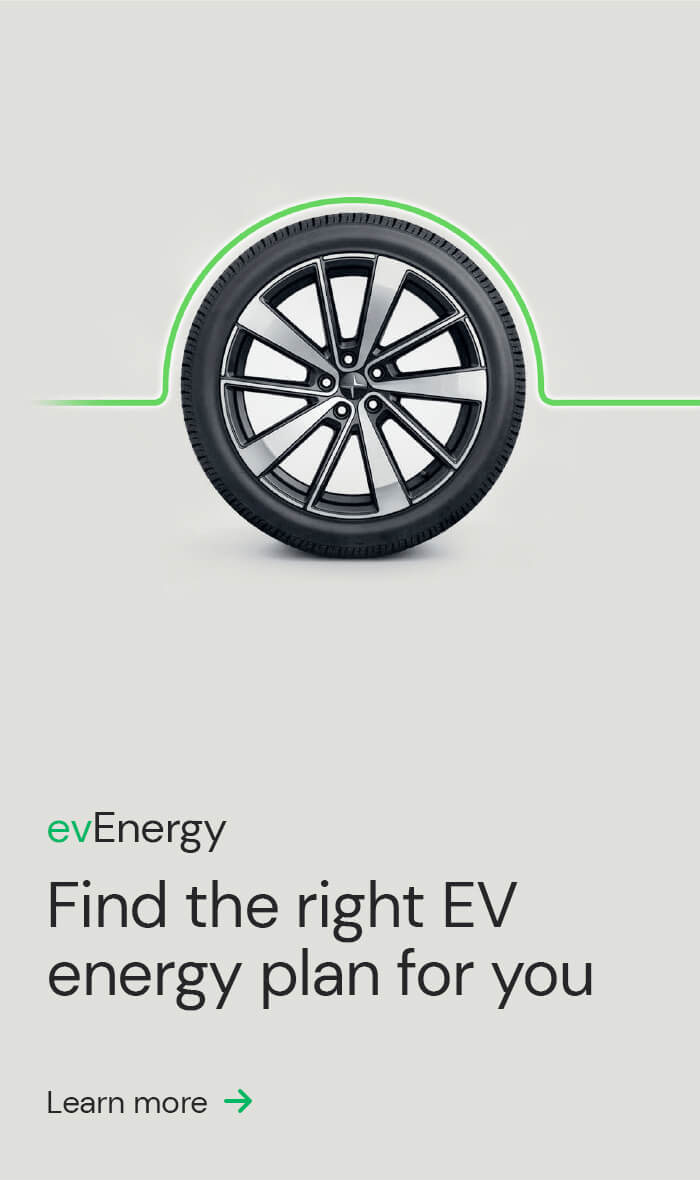Whether you’re considering making the switch to an EV or are a proud new owner, knowing how to get your home charging solution set up is essential. After all, you’ll want to join the other 80% of Australians who charge their car at home at least twice a week.
Fortunately, getting a wall-mounted EV charger installed at home is a straightforward process that involves a few key steps. From what to consider to how to get it done, our home EV charger installation guide reveals how you can plug into the convenience of charging your EV right in your own garage or bay.
Factors to consider before you start
Before diving into the installation process, think about its location. Can you park your car so its charging port can access the charger? Will it be close enough to pick up your home Wi-Fi signal? Is it close to your service panel or consumer unit? Is it sheltered enough to protect it from the elements? Will it be accessible if you get another EV? Will it be well-lit and visible from your home for peace of mind?
Take stock of your home’s electrical system and ensure that it meets the requirements for installing an EV charger. Most home installations are Level 2 chargers, either single-phase 7kW or three-phase 22kW. Check your electrical panel’s capacity and verify that it can handle the additional load of an EV charger. Three-phase charging can only be supported if your home has a three-phase incoming power supply.
Choose your charger type carefully
Selecting the right EV charger for your model and needs is key. Consider factors such as the charging speed you require, connector types and their compatibility with your EV model. Entry-level home EV chargers are simply wall-mounted boxes that allow you to just plug and play, meanwhile, smart EV chargers offer higher levels of functionality and performance. If you have a home solar system, pairing it with a solar EV charger could help you run your car on sunshine.
Then there’s the choice of tethered or untethered. A tethered charger has a fixed cable permanently attached to your charging point, streamlining the charging process as you’ll only need to plug the connector directly into your EV. On the other hand, untethered charging stations do not have a fixed cable, meaning you can remove and transport the charging cable.
Who can handle my EV charger installation for me?
Unless you’re a qualified electrician, installing an EV charger at home isn’t possible, so you’ll need to consult a professional who can do it safely. If you want a hassle-free installation experience, ActewAGL’s evCharge service will take care of every element of the setup process.
From selecting the perfect charging option to seamless installation and payment plans integrated into your energy bill, evCharge has everything wrapped up. And with leading EV charging products like JetCharge, Wallbox and Tesla, you can pick from the best options on the market.
Summary
- Before installing an EV charger, ensure your home’s electrical system meets the requirements and verify the electrical panel’s capacity for the additional load.
- Choose a charger location ensuring easy access to your car’s charging port, proximity to home WiFi signal and considering shelter, visibility and security.
- When browsing Level 2 single-phase 7kW or three-phase 22kW charger options, consider charging speed, connector types, compatibility with your EV model and decide between tethered or untethered charging stations.
- For a hassle-free installation experience, ActewAGL’s evCharge service offers hassle-free installation, covering all aspects from selection to setup. Leading EV charging products like JetCharge, Wallbox, and Tesla are available through evCharge.
Are you considering making the switch to an electric vehicle? ActewAGL can help you effortlessly find, finance and charge your EV. Discover how ActewAGL can support your transition to sustainable driving today. Find out more here.
Sources
https://electricvehiclecouncil.com.au/wp-content/uploads/2022/09/EVownerinsights.pdf



